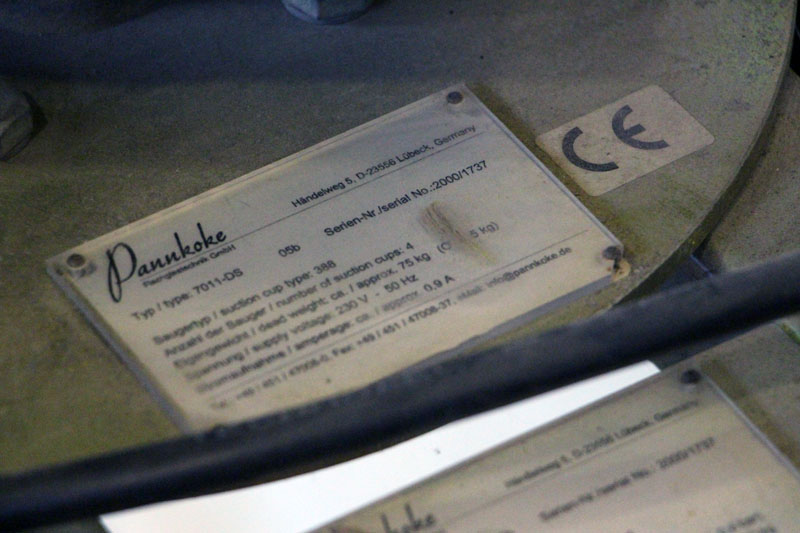Converting a vacuum lifting device, and the implications of doing so
Under the terms of the Machinery Directive, who is then the manufacturer?
The party that first puts the device or machine into service in the EU and imports it into the EU is the manufacturer under the terms of the Machinery Directive.
However, the party that makes a technical safety modification to the device or machine then becomes the manufacturer of the device or machine, with its new product properties, and does so to the fullest extent of this definition. Did you know that?
Well then, what constitutes a technical safety modification to a vacuum lifting device?
Converting a 1-circuit vacuum lifting device to a 2 circuits vacuum lifting device is certainly an example of a technical safety modification that satisfies this condition.
However, the replacement of suction cups also constitutes a technical safety modification to us if they do not possess the same technical properties.
Here you can see a few examples of converted 1-circuit vacuum lifters:
What are the implications of that?
There is no longer an EU conformity declaration for the converted device or machine. The original CE mark is no longer valid, nor is the operating manual and EU conformity must be obtained once again, and then be certified accordingly and in full by the party that converted the device or machine. After conversion, a device or machine re-enters service with new product properties. Accordingly, the nomenclature on the device or machine then also needs to be amended.
Which information should now apply?
Here are two bad examples of conversion of a vacuum lifting device.
What now applies here? 500 kg in all directions, or just the 360 kg in a vertical direction. Which CE mark now applies? The one from Eurotech or the one from Woods.
Of course, the CE mark from Woods would not apply in the EU because the USA is outside the EU. Here it should really be the importer who imported the device into the EU. However, the assertion is incorrect that Woods is still the manufacturer of the converted device. Through the conversion work, Eurotech has become the manufacturer and the party that put the device into operational service. Eurotech is now therefore fully responsible for the converted vacuum lifting device.
2nd example
What now applies in this case? 400 kg in all directions, or just the 360 kg in a vertical direction. Which CE mark now applies? The one from Eurotech or the one from Pannkoke.
In any event, it is incorrect to state that Pannkoke remains as the manufacturer of the converted device. By doing the conversion work, Eurotech became the manufacturer and the company that put it into operational service. Eurotech is now therefore fully responsible for the converted vacuum lifting device.
How is a vacuum lifting device used in the glazing sector?
Most glazing work is performed in a perpendicular plane. Who already knows that the carrying capacity indicated when a sheet is horizontal is lost at just a few degrees of inclination. Those in the know, for safety reasons, then just calculate on the basis of vertical carrying capacity. This information is used relatively little by users committed to the vacuum lifting device.
Somehow, in our view, this does not have much to do with practical applications and more to do with the specification of great carrying capacity, but in practice this really does not have a real role to play. This is more to do with marketing than is has to do with useful information about the vacuum lifting device.










